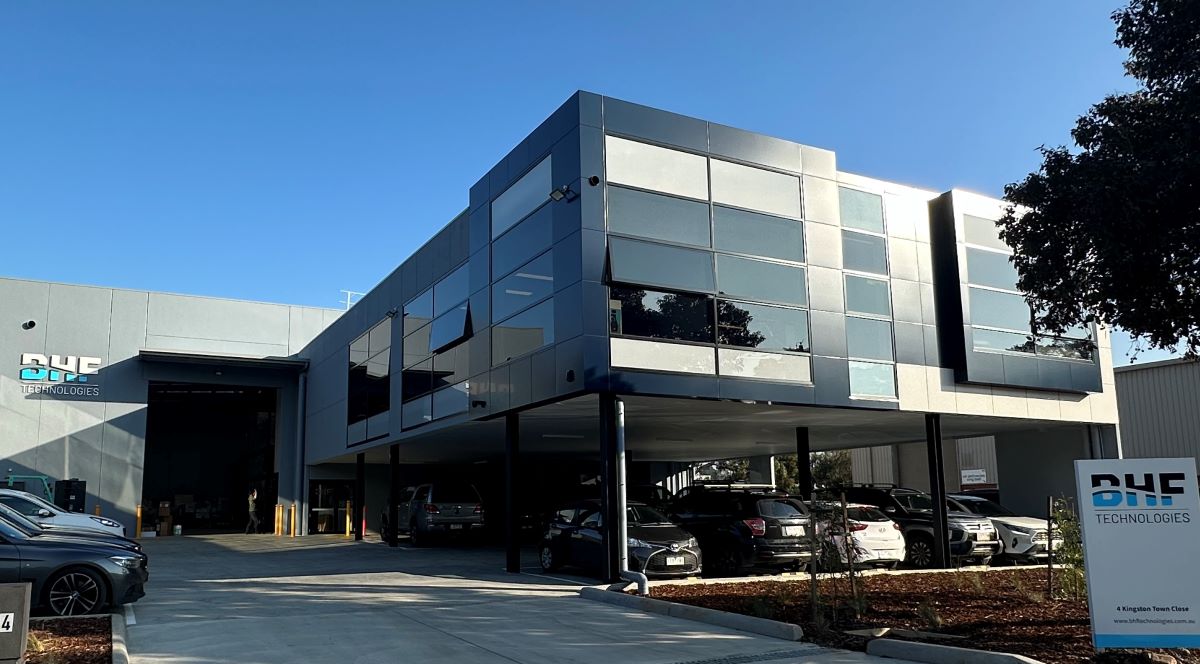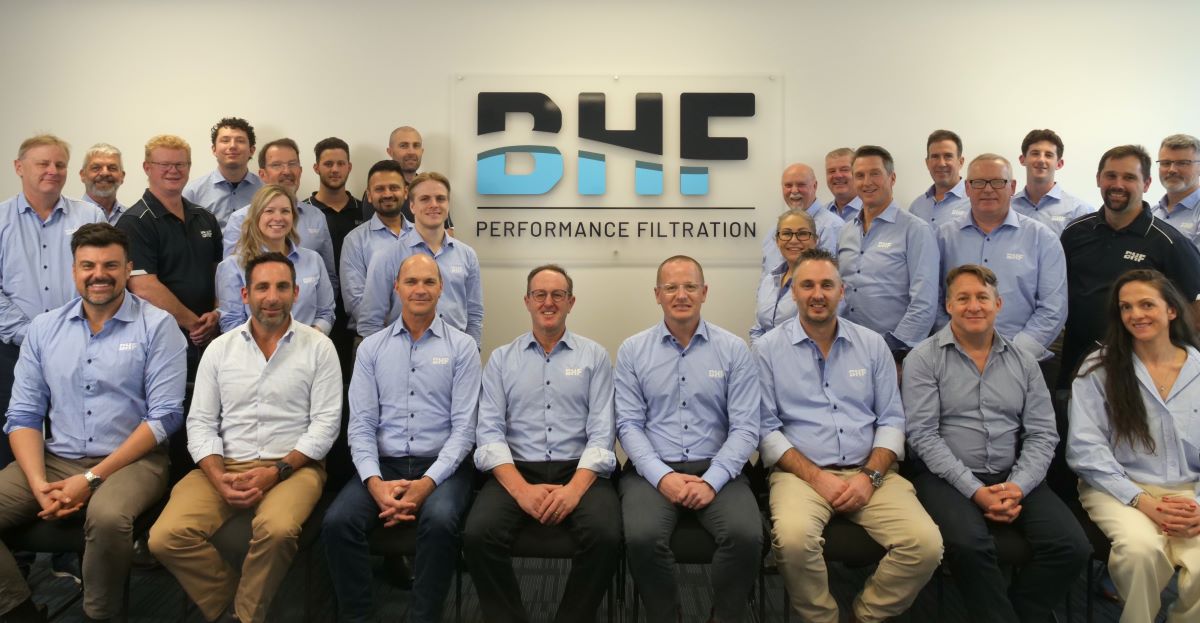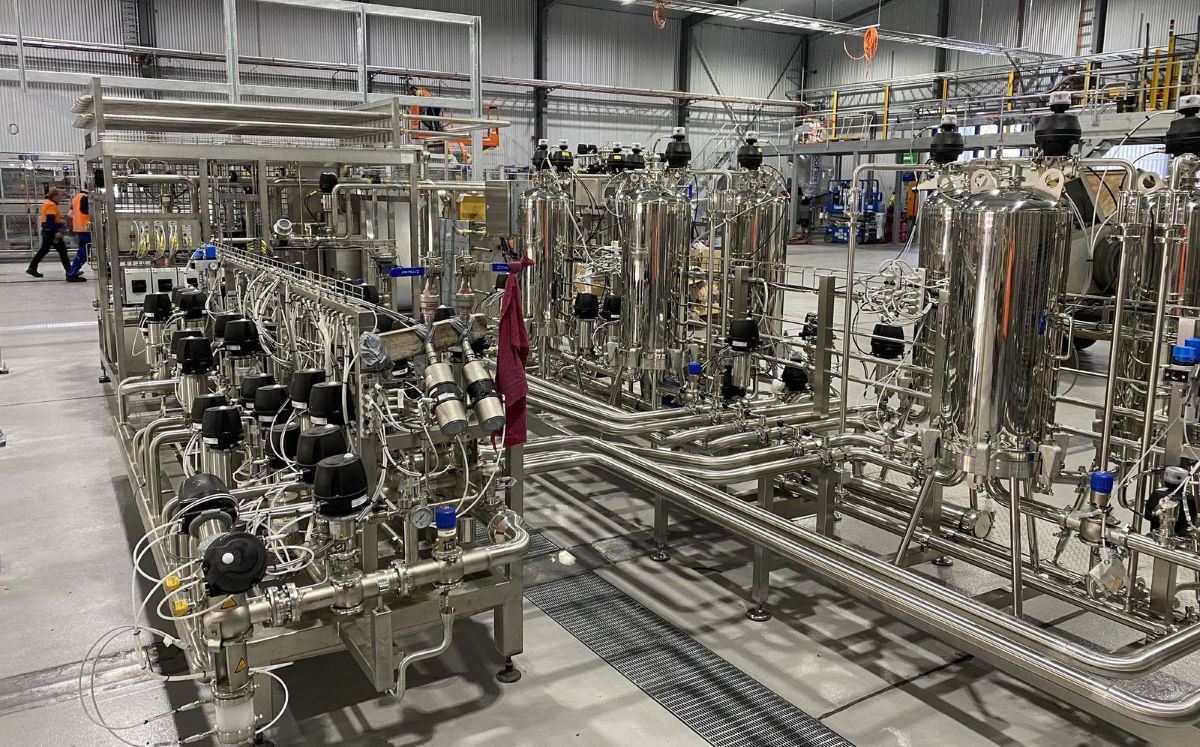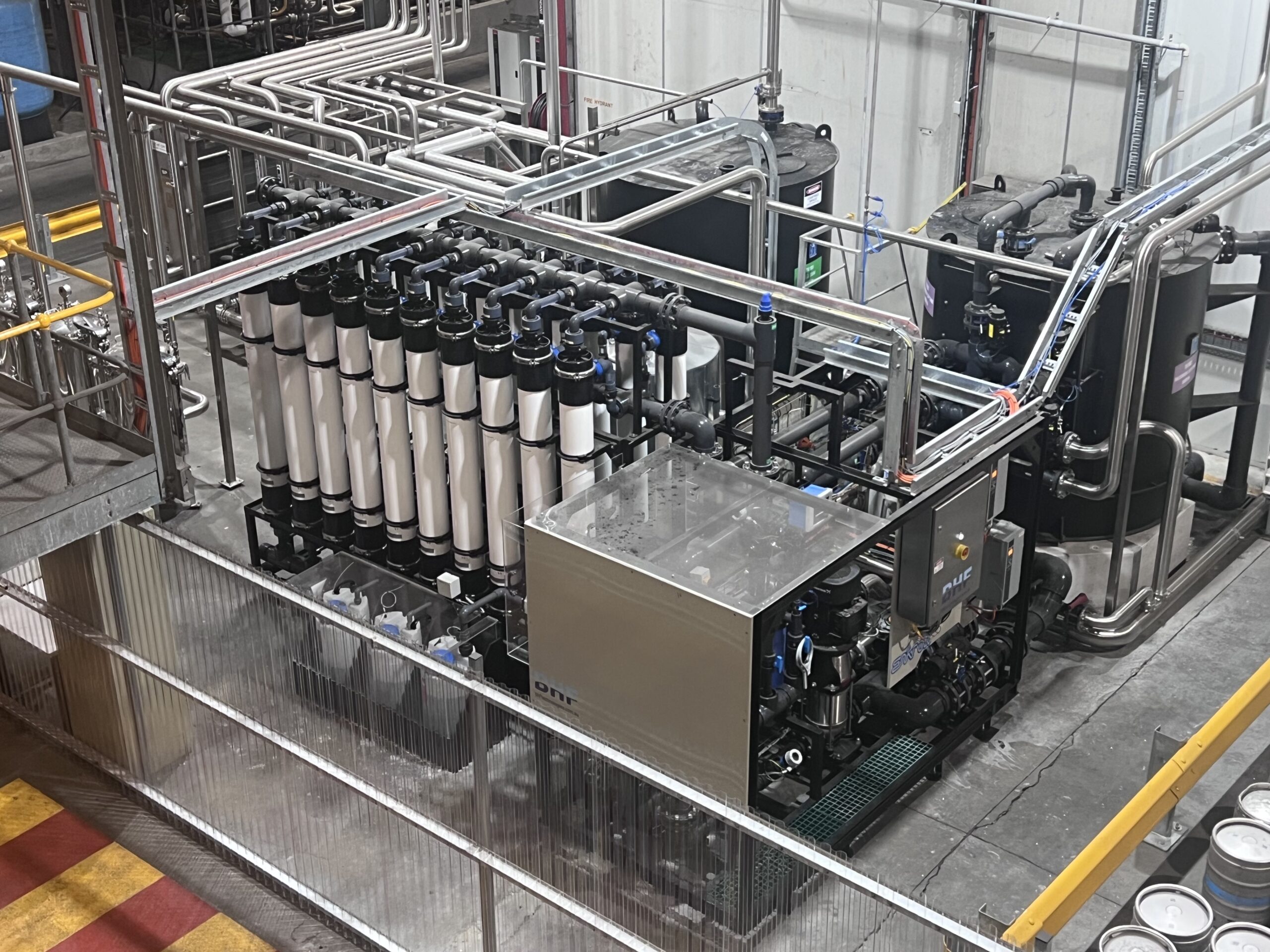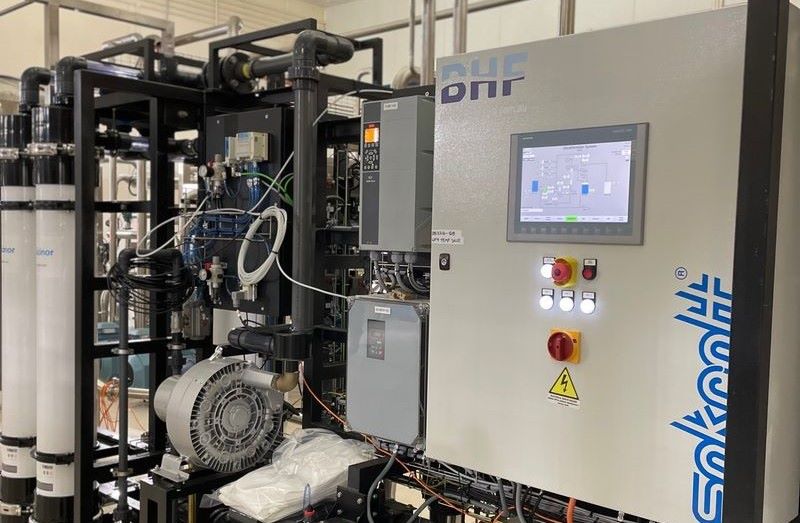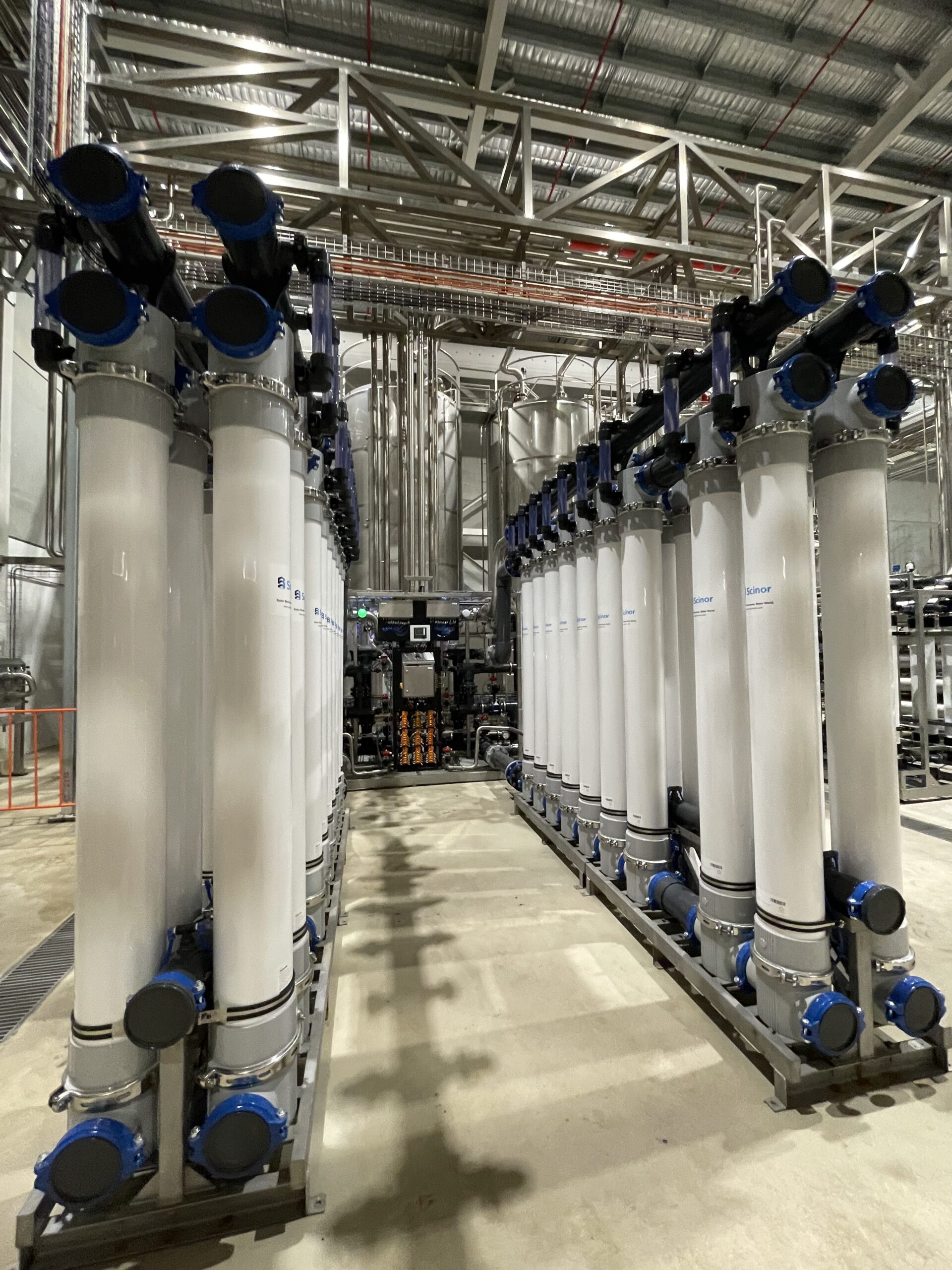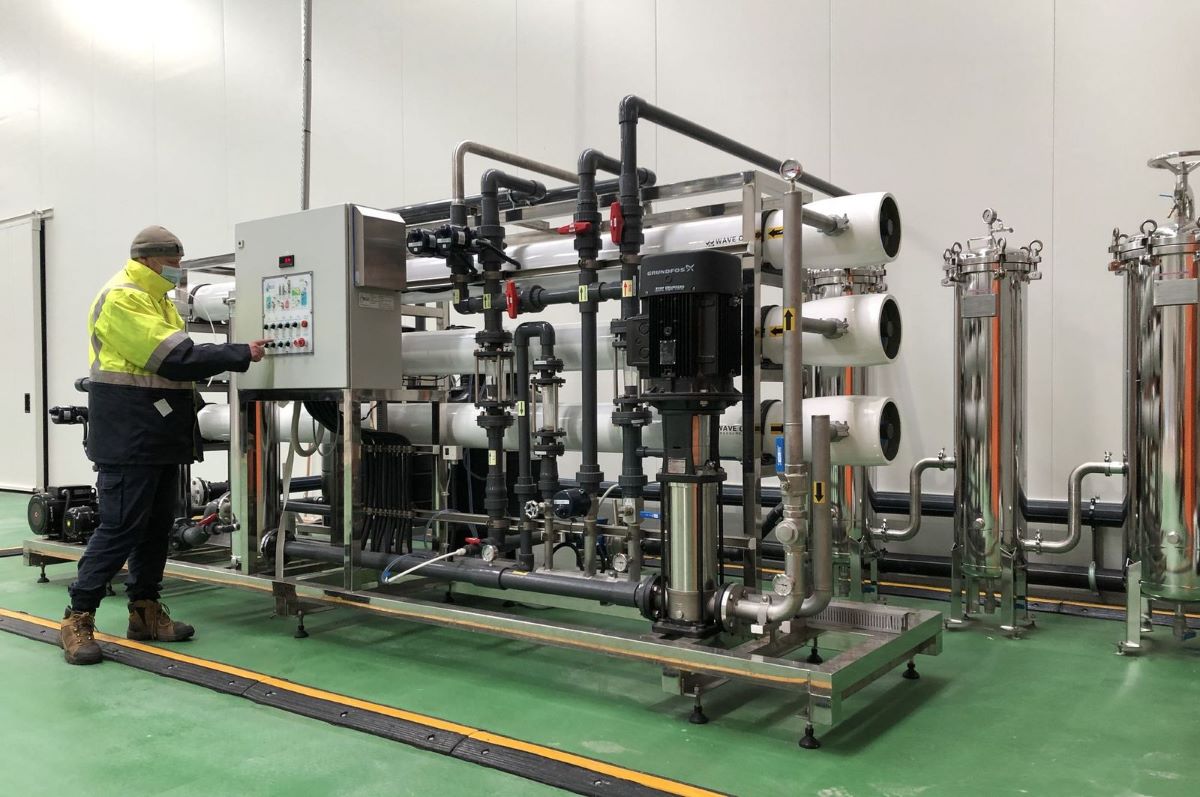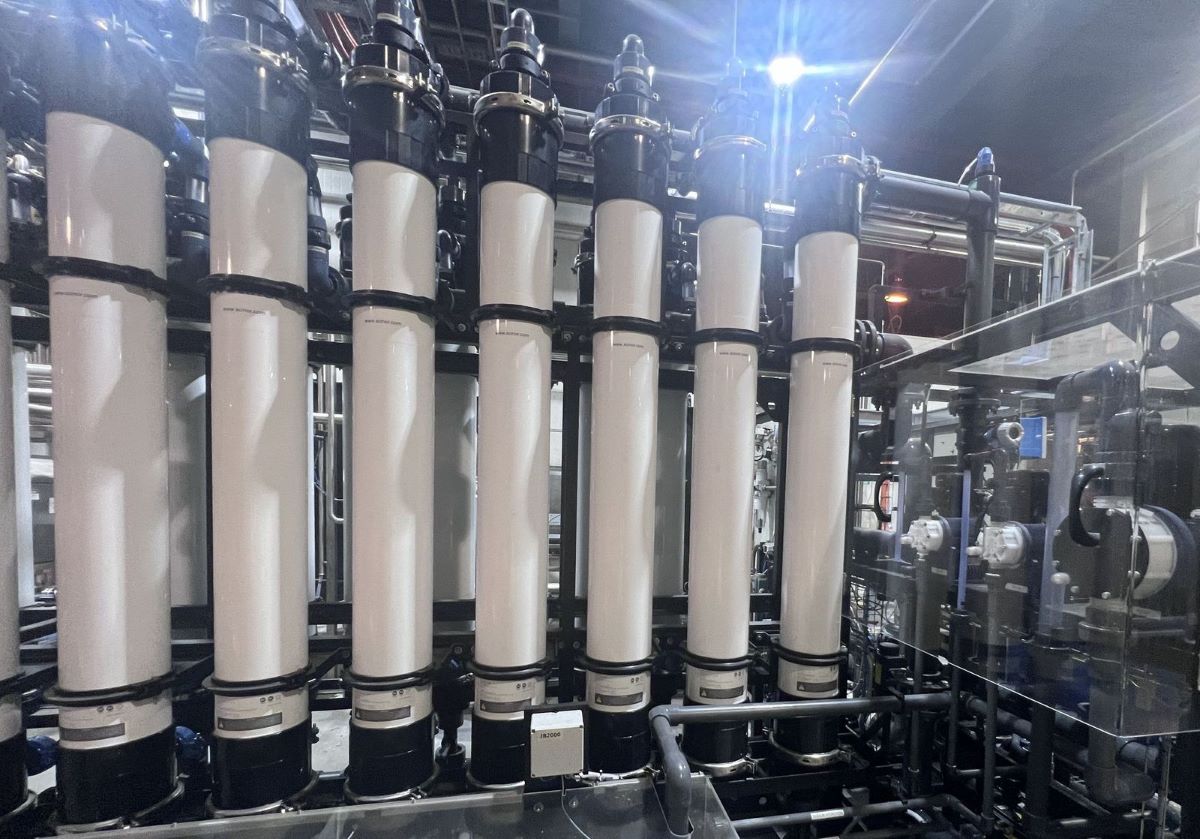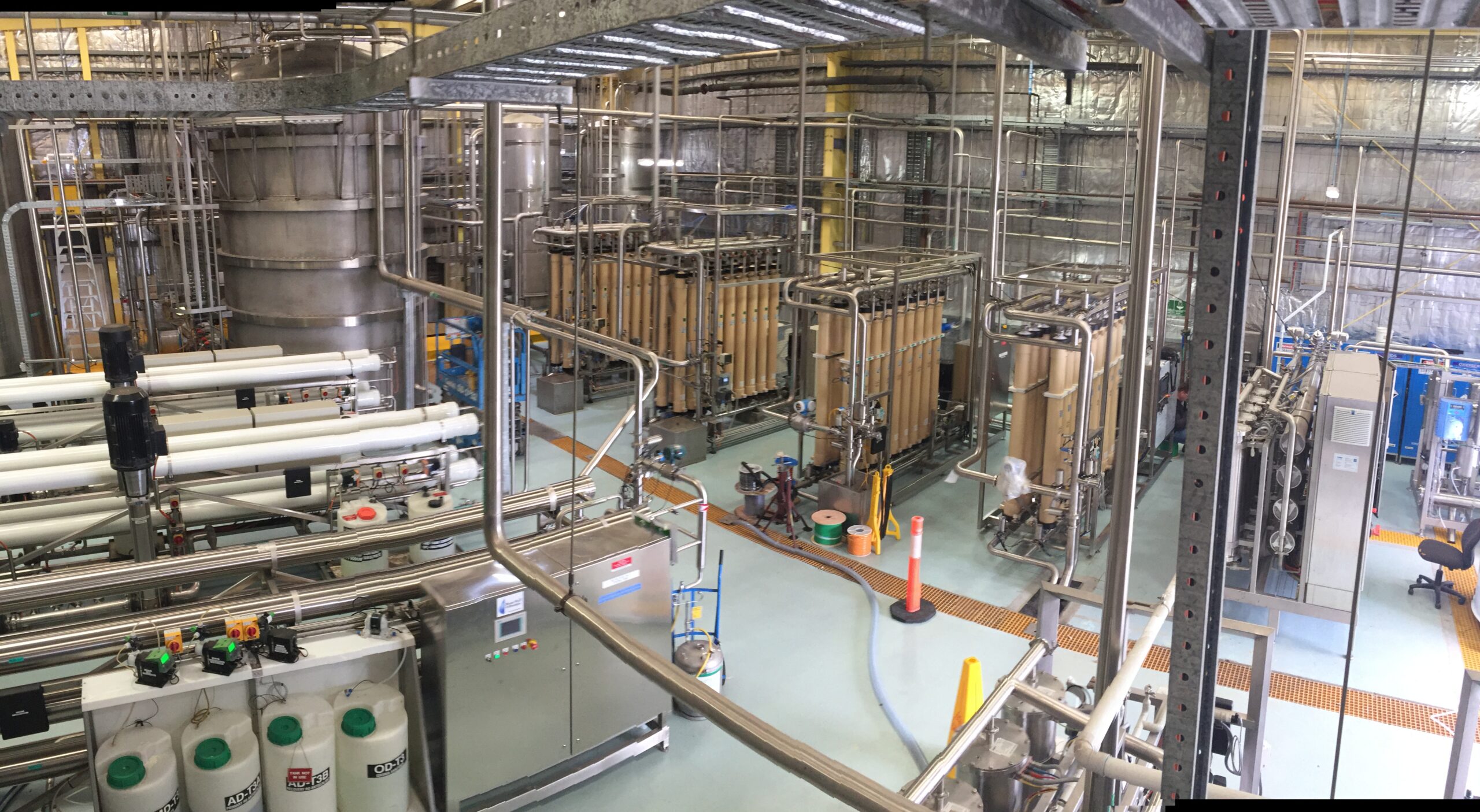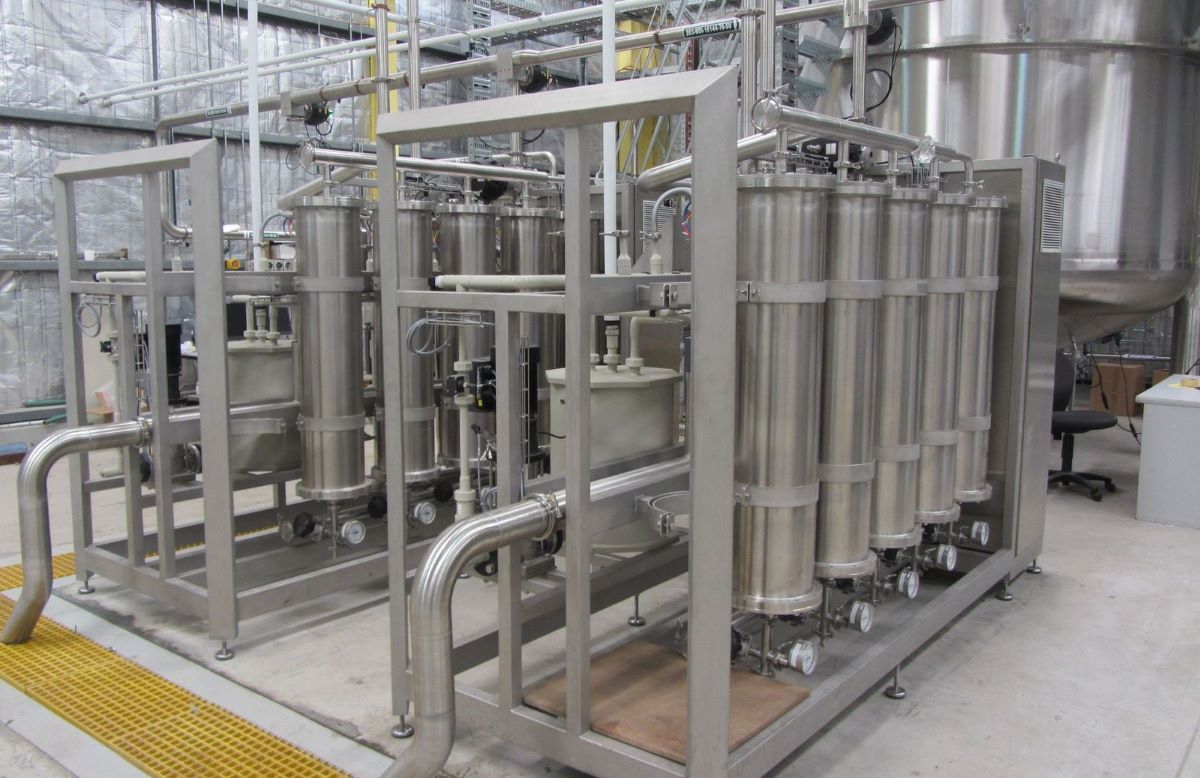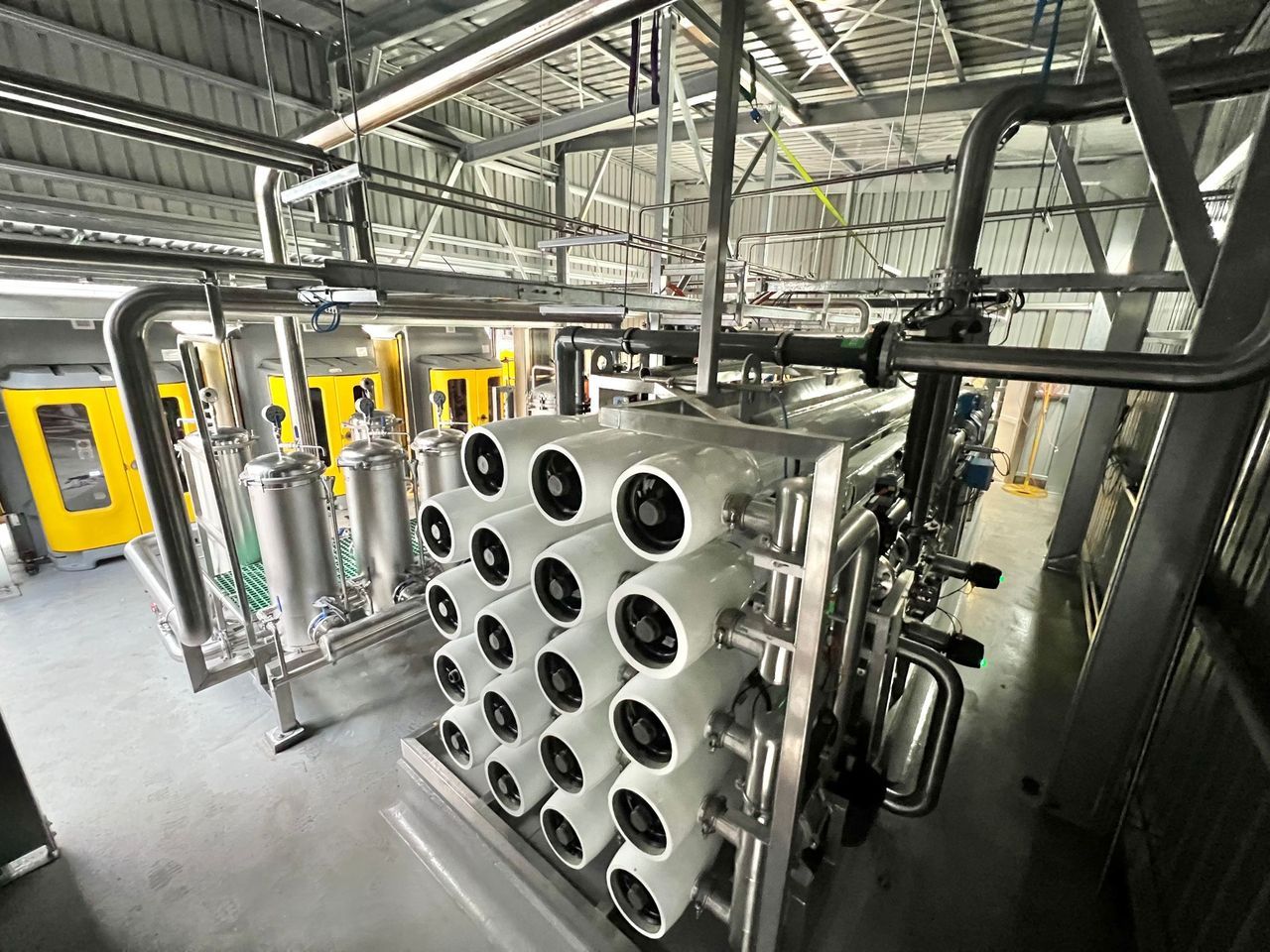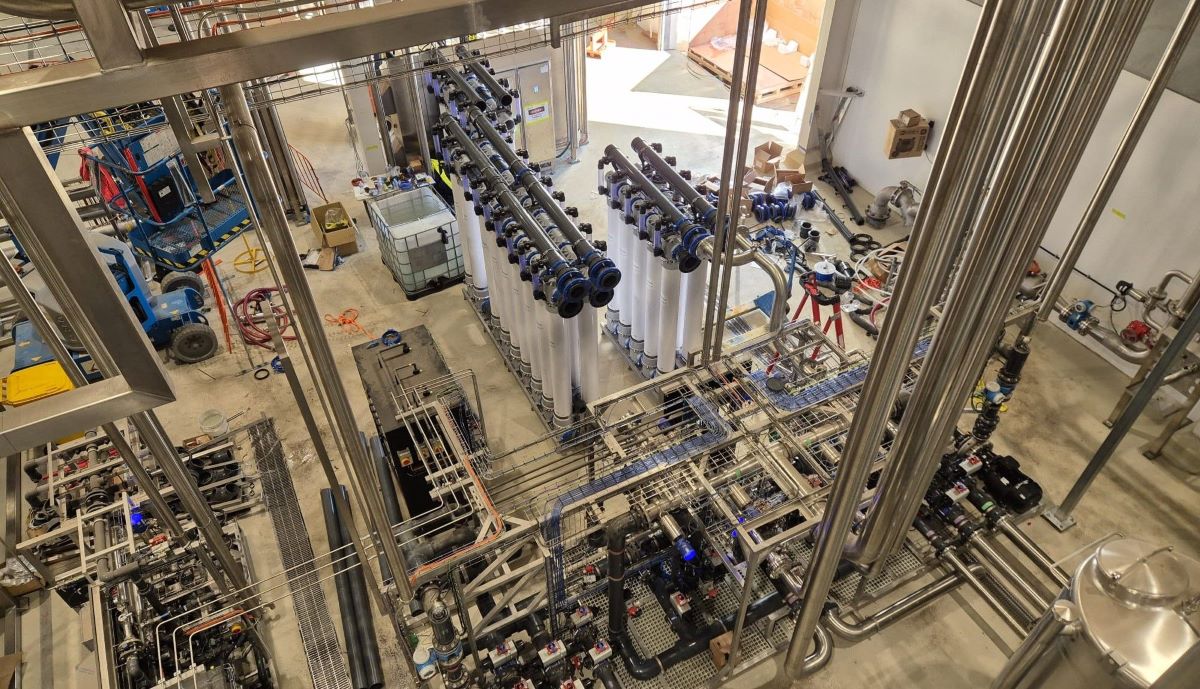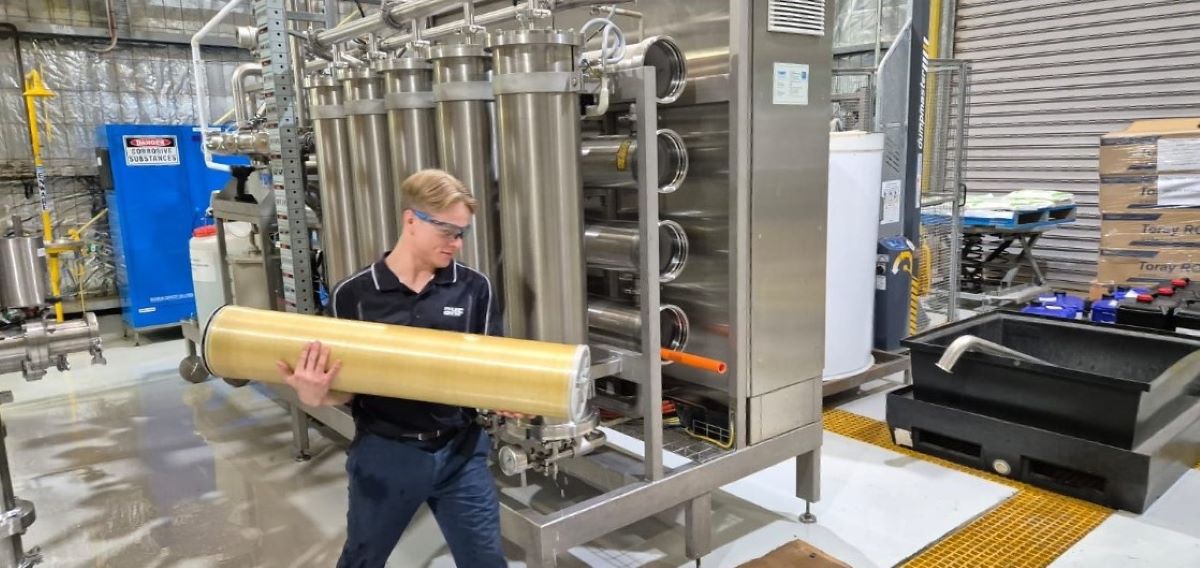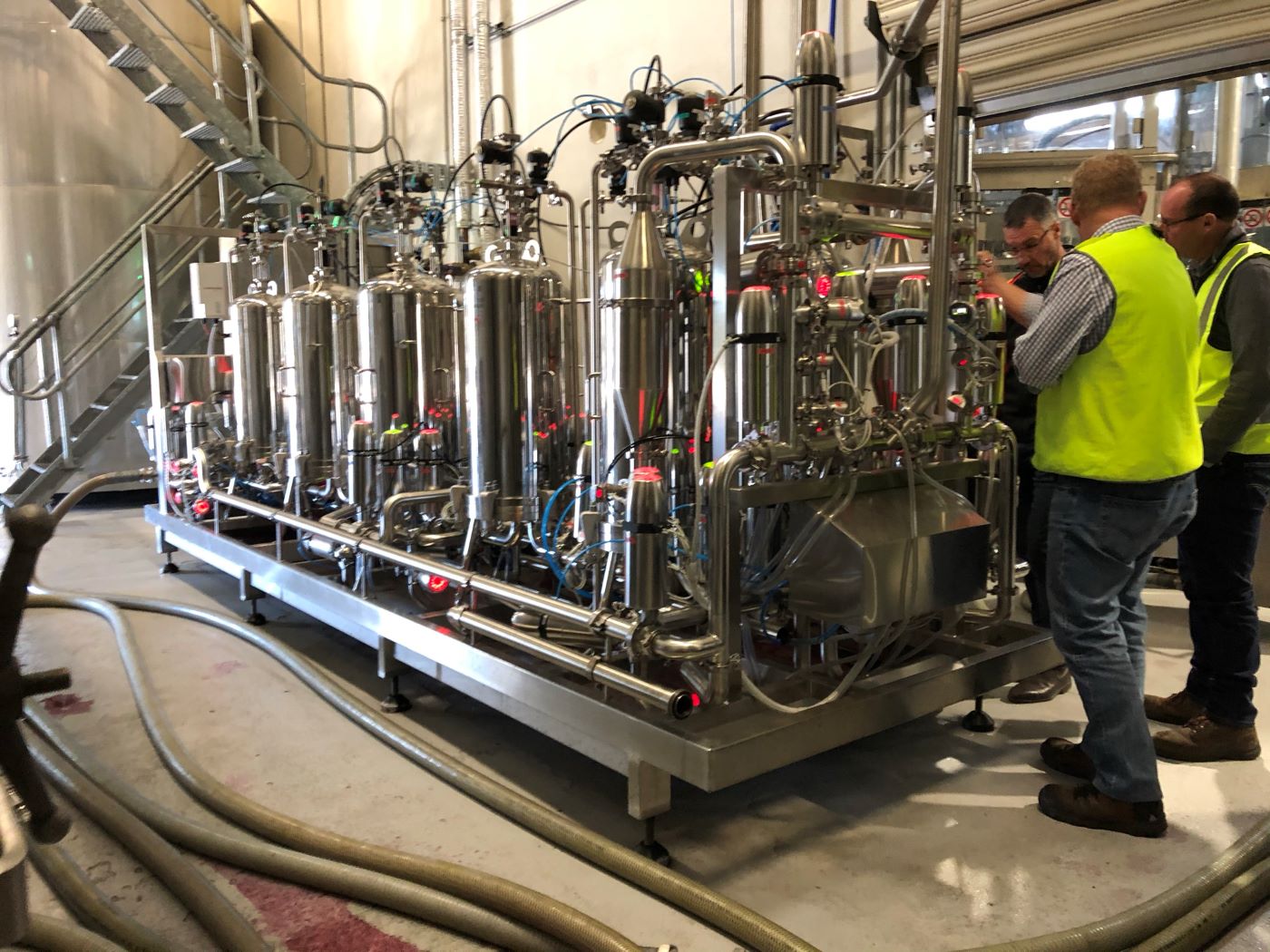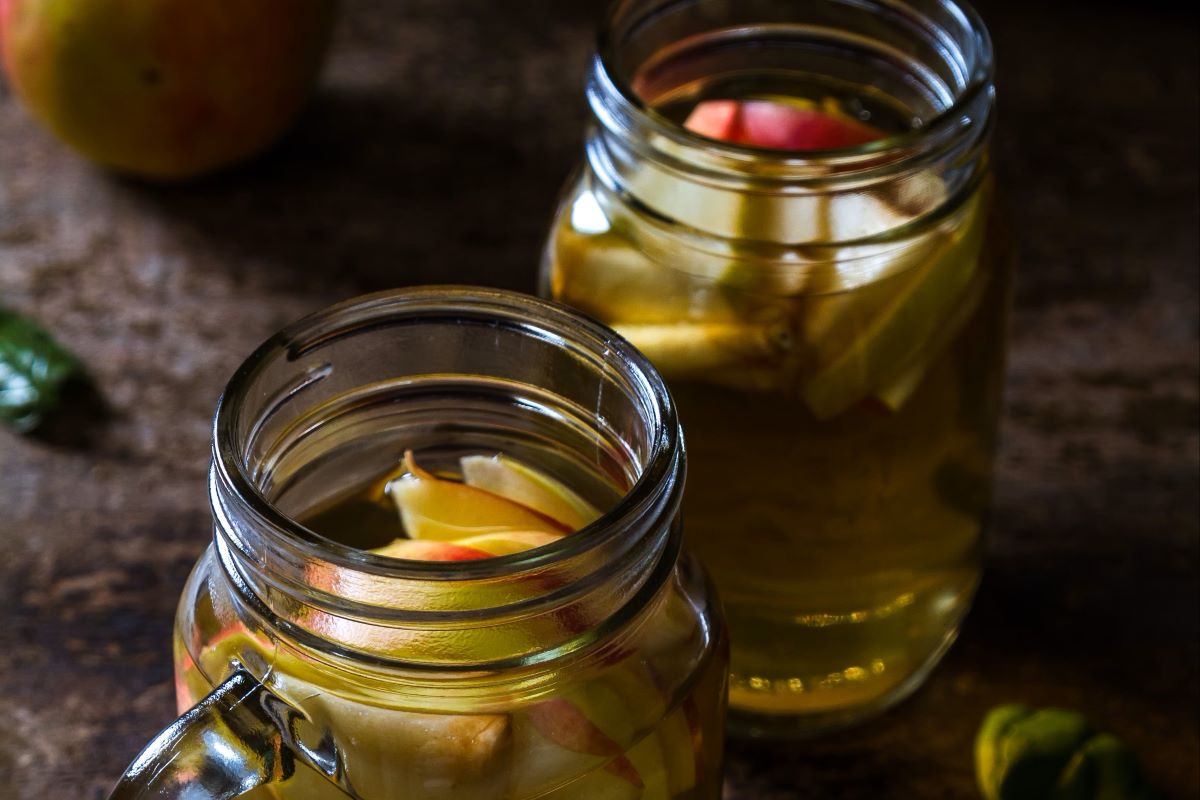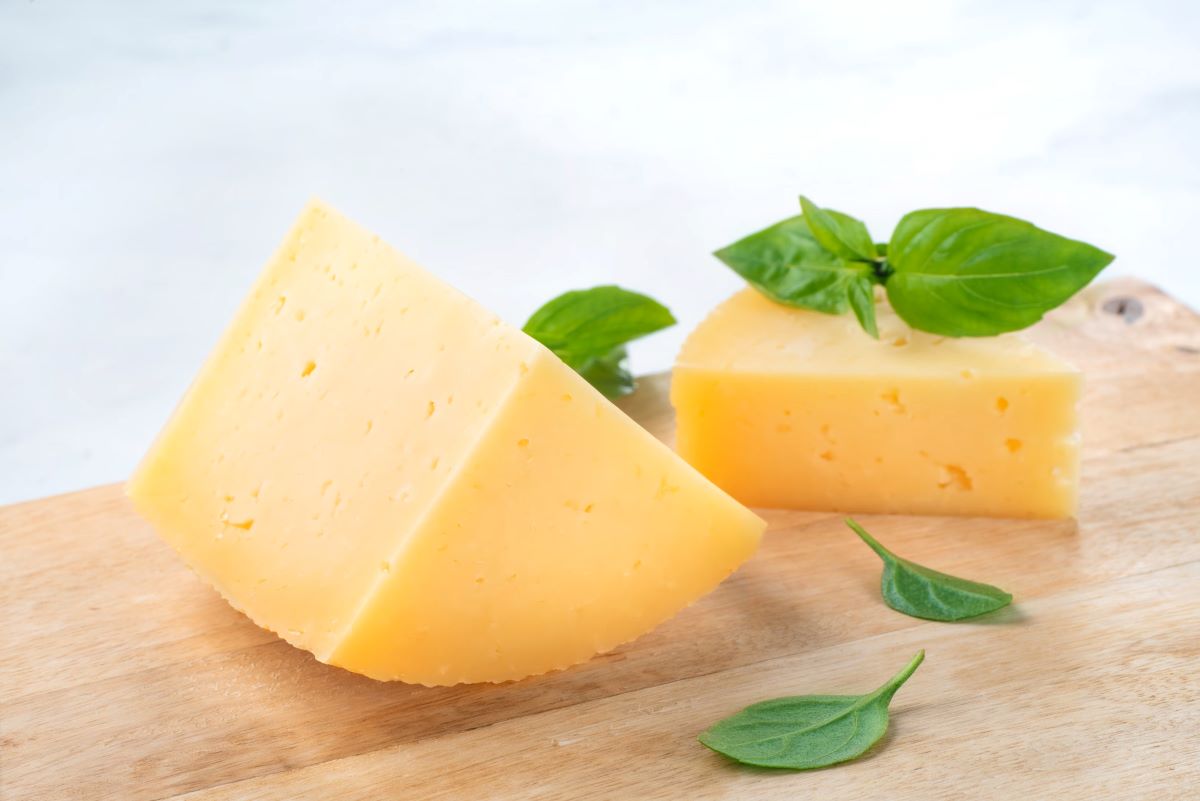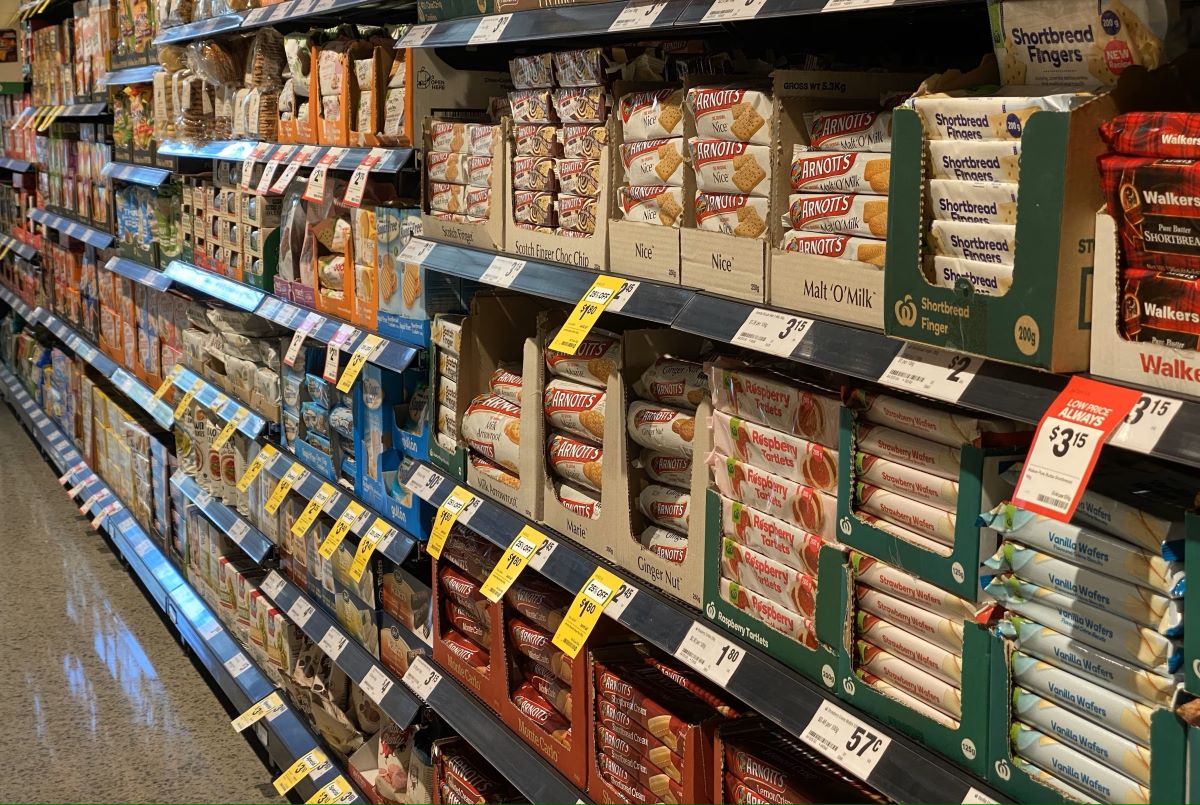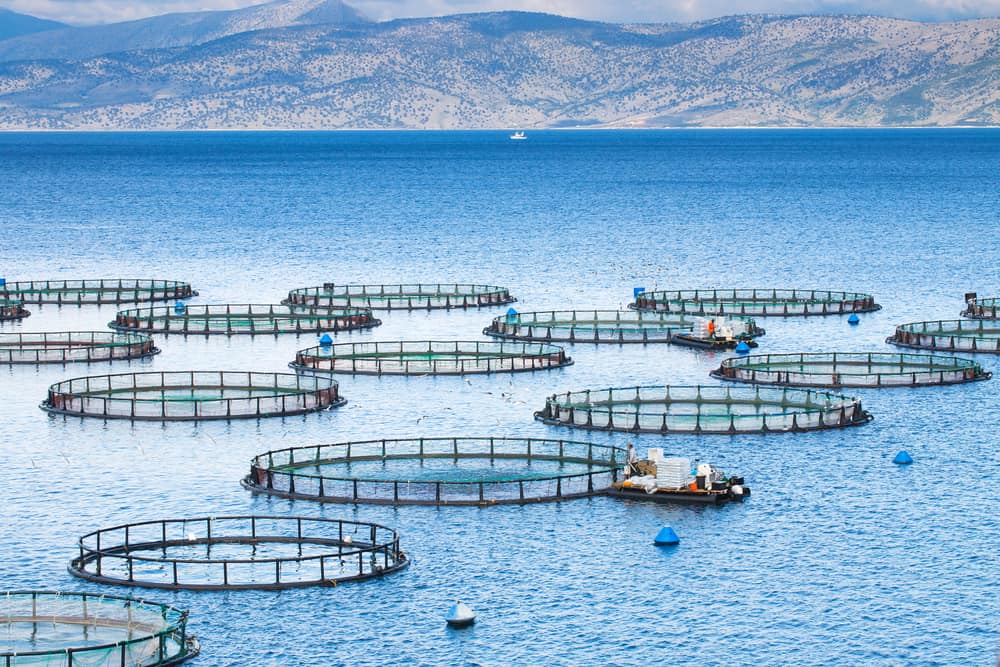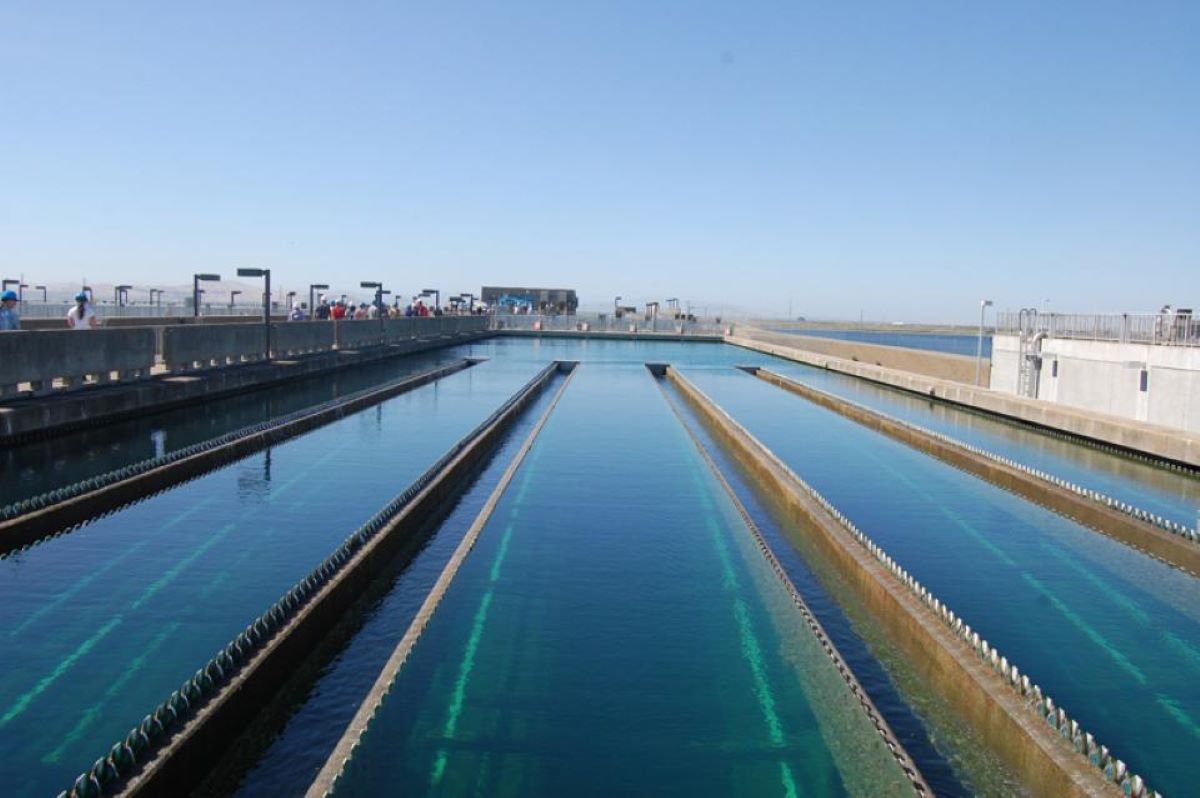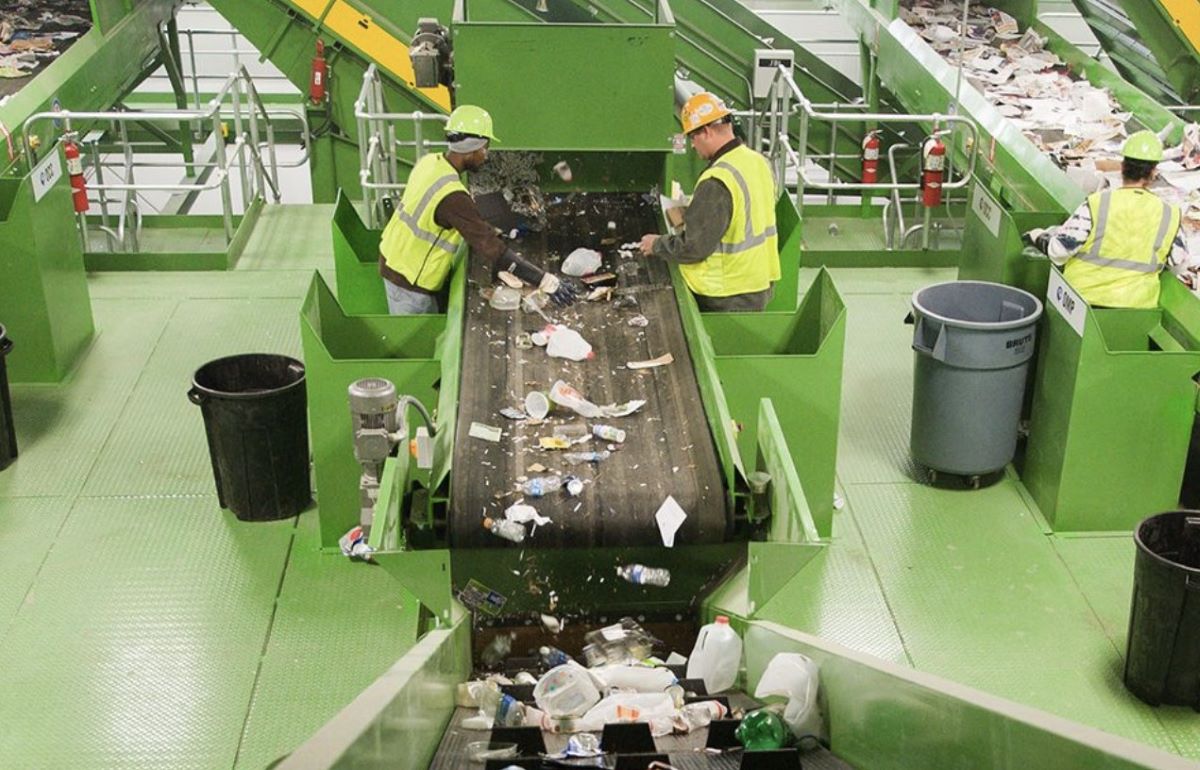Brettanomyces Removal
Although wine quality has significantly improved in the last 20 years, the move to reduced usage of sulfur dioxide and the economic constraints applied to cost-effective winemaking have contributed to the incidence of Brettanomyces infection in some wines. Whilst the argument may be presented that certain characteristics derived from Brett infection can positively contribute to wine complexity, most winemakers would agree that Brett has the potential to severely detract from a positive wine experience, particularly when aroma descriptors progress to horsy, Band-aid, barnyard and even faecal.
Brettanomyces (and its sporrulating equivalent Dekkera) is found in vineyards and wineries alike, and is notoriously difficult to tame due to its resistance to both so2 and ethanol. Brett can produce compounds associated with spoilage, such as acetic acid, atHP (mousy taint) and 4eP and 4eG. Brett is also very stubborn when it comes to barrels, resiting most chemical and physical removal techniques. Generally speaking, the only way to remove Brett cells from a wine is to sterile filter through an integrity-tested membrane with an appropriate micro-organism log reduction value. a heavy loading of Brett in a wine would certainly reduce membrane life, however, if suitable depth pre-filtration had not been first applied.
The innovative BECO range of depth filtration products has proven itself to be market-leading in terms of micro-organism retention. The 100% cellulose depth medium found in both BECODISC and BECOPAD is capable of complete removal of Brettanomyces in all but the coarsest grades, through the enhanced particulate retention of the unique filtration structure. From a control wine containing over 2.5 million cells/mL of Brettanomyces, BECOPAD grades up to the BECOPAD 450 remove all cells at a differential pressure of 1.5 bar. Even the coarse grade BECOPAD 550 shows good cell removal rates of 5 orders of magnitude.
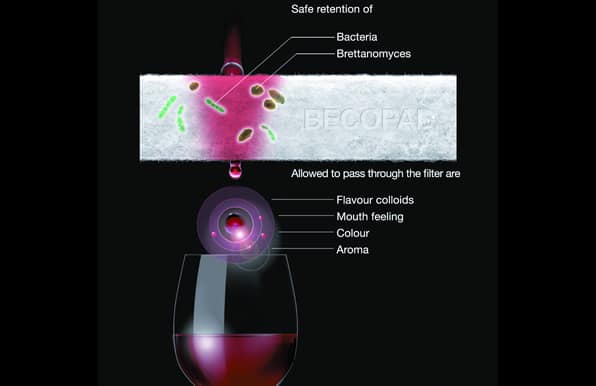
The results are clear: even though depth filtration is not typically associated with sterile filtration, with Begerow’s unique BECOPAD and BECODISC products it is certainly possible, which can only lead to wines of greater fruit expression and consumer appeal. Considering the other advantages offered by this innovative depth medium, such as greater physical strength, no drip loss, no flavour or aroma adsorption and half the water requirement for preparation, the choice is pretty simple.
Dr Paul K. Bowyer
